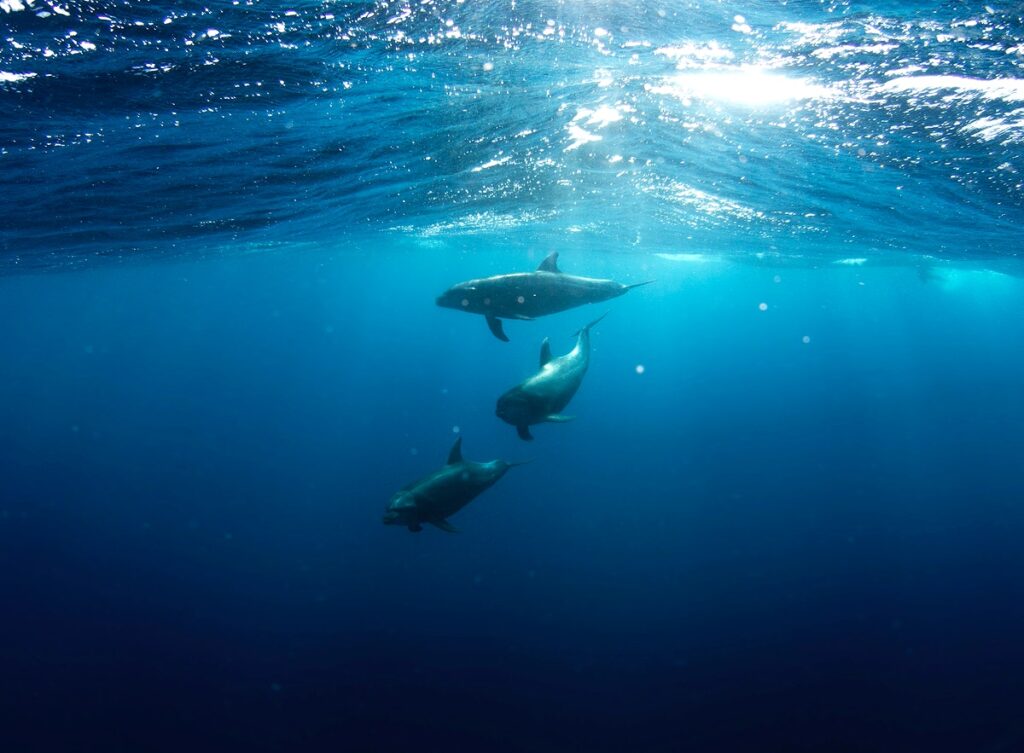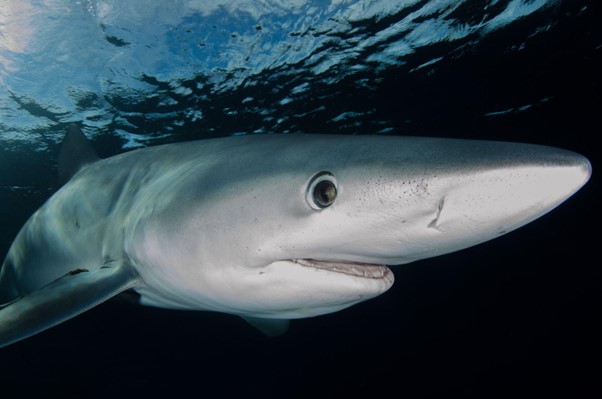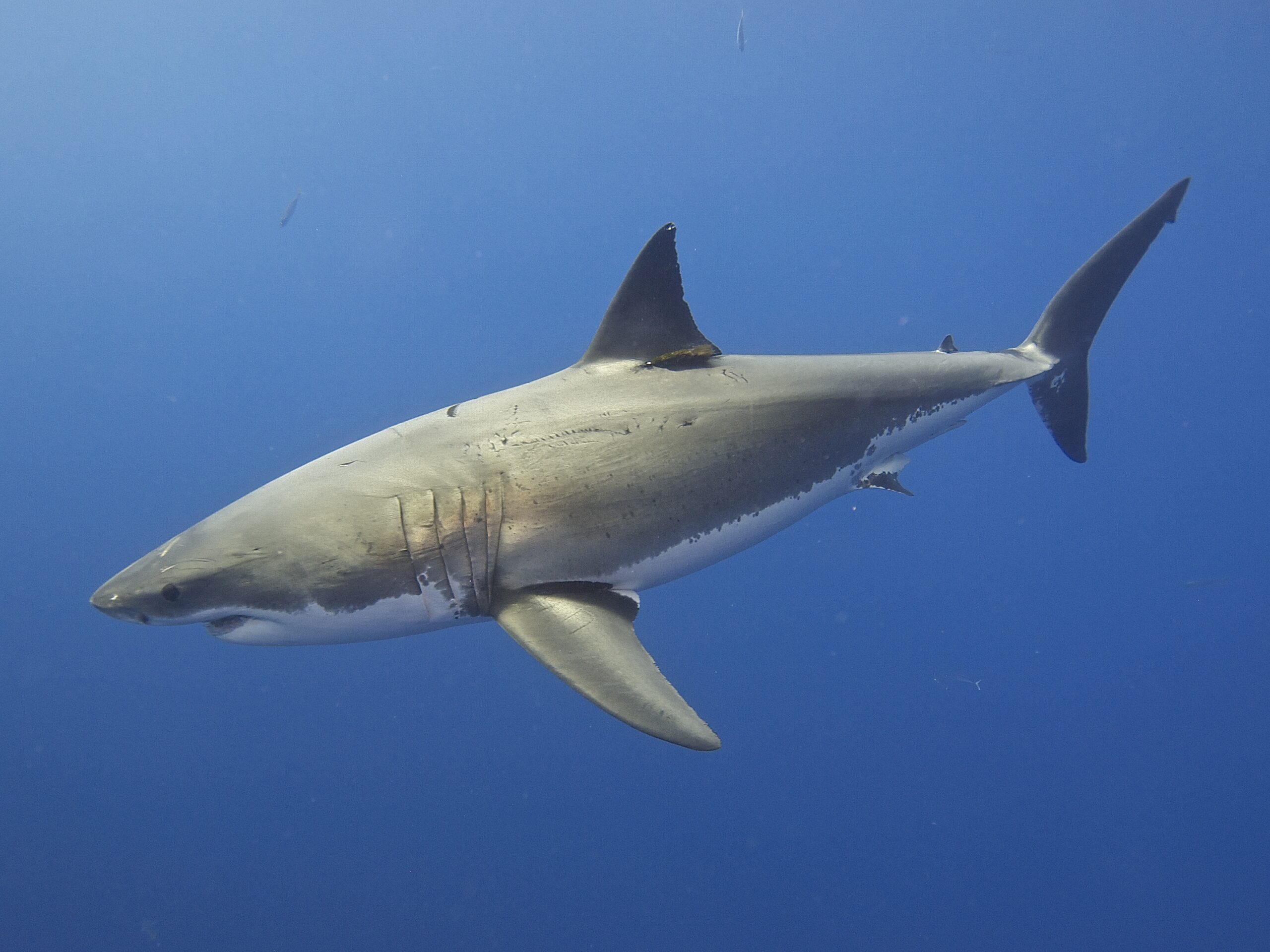Almost all living creatures need oxygen no matter if they are on the ground or underwater. The same goes for the sharks, whose breathing begins and ends with their gills, which are responsible for extracting oxygen from water as well as removing carbon dioxide from the body. This makes the gills the most important part of their body. With that said, sharks may have more than one gill.
Sharks are among the most dreaded sea creatures. However, despite their fierce looks, like all other sea creatures, sharks need to breathe. They are capable of enduring in many diverse habitats and eat a wide variety of animals. The sharks, which number over 500 species, differ in terms of gills, with some having as many as seven, whereas most have five.
Sharks have many different adaptations, including their razor-sharp teeth and their streamlined bodies. However, in this blog, we will be focusing on the gills as these are the primary organs needed for the respiration process.
What are gills on a shark?
Located between the head and the pectoral fins, Gills are used for breathing and removing waste. Gills are thin, flat structures that have small blood vessels to deliver blood to and from the respiratory surface. We will be looking at how the respiration process works in sharks and what the gills are for, as well as looking at how many gills sharks have in the following section.
How many gills does a shark have?
Most shark species have five external gill openings, but some have as many as seven. In the same way as other fish, sharks draw out oxygen from ocean water as it passes over their gills. As opposed to other fish, sharks have a row of gill slits behind their head instead of being covered. As part of the skeleton, gill arches hold the gill filaments in place and keep them from shifting around.
Bony fish are characterized by four-gill arches on either side of a single external bony plate. In sharks, the slits above their gills are not protected by a covering, so the gills are more prone to injury.
As water has a much lower oxygen concentration than air, animals like sharks have devised methods for absorbing as much oxygen as they can. Having several gills is part of this, and it helps the sharks get the oxygen as much as they need in order to survive.
Several species of sharks, especially big and active ones, require more oxygen than others, and some sharks can adapt to low oxygen conditions. Therefore, the number of gills they have might be different from the individual type of species.
How do sharks use gills for breathing?
Fish live in water and get oxygen from it through the gills. Sharks are no different. An intricate network of very fine blood vessels (capillaries) in the gills takes up oxygen from the water as it passes over them.
Find out do sharks need to breathe air or not?
Among some shark species, especially those that live near the bottom, there are paired openings called spiracles that are situated between the eye and gill slits. A shark’s spirals are used for taking in water and to ventilate the gills even when it is feeding or at rest on the bottom. This is how it is done when you wonder how sharks are able to sleep when they can’t stop swimming.
Conclusion
A little-known fact about sharks is that they, like humans, need oxygen to live. However, unlike humans, they don’t have lungs but the gills that help in functioning the breathing process.
Due to their unique looks and the fact that they are often portrayed as dangerous in movies and TV shows, there are a lot of misconceptions about sharks. One of these misconceptions is related to the number of gills that a shark has. Among all species, most have five, while a few of them may have six or seven gills.
The thing that matters is that they need oxygen to stay alive, and they get it from the aquatic surroundings. The decreasing oxygen levels in the world’s oceans threaten the survival of sea creatures. Thus, it’s our responsibility that learns about their habitat and provides them with a healthy environment to live in.
After all, sharks are important to us in a number of ways, and they play an integral role in keeping the oceans healthy.






